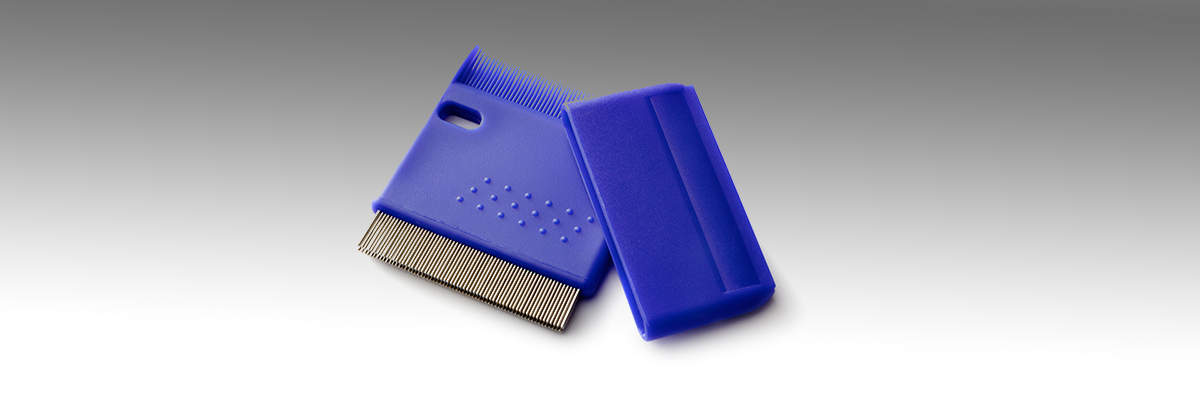Head lice are tiny insects that infest the scalps of sufferers, sucking blood for nutrition. Head lice have no particular preference for clean or dirty hair or short or long hair.
After infestation, it may be several weeks before the sufferer is aware of their presence. Head lice attach their eggs at the base of a hair and, once hatched, these become visible as the hair grows and they rise into view. The empty egg cases are known as nits.
Head lice are spread by head-to-head contact. They are often spread unwittingly during the period before their presence becomes obvious as a result of scalp irritation or because the presence of nits in the hair becomes apparent.
Whilst head lice are not considered a communicable disease, there may be risks to health associated with the treatment for head lice in the case of regular and frequent infestation.
Treatment for head lice
Head lice are killed effectively by the application of a specialised pesticide to the scalp. The dead eggs or nits need to be combed out of the hair.
Alternative treatment involves regular combing of wet hair with a fine tooth head lice detector comb. The application of hair conditioner or oil will lubricate the hair and make the combing easier. In the case of infestation, the combing should be carried out at least every three days for two weeks, taking care to wash the comb in hot water frequently during the process. Regular use of the comb, thereafter, will prevent reinfestation. Combing removes live head lice and dead eggs from the hair and prevents the spread of the insects to others.
Potential for reinfestation following treatment
The problem with current head lice treatment regimes is that all those infested, together with their families and other close contacts, need to be treated simultaneously and thoroughly. If this is not done, then a single, untreated (or inadequately treated) sufferer can re-infest the whole community within a very short time.
Further Information, advice and support
Advice on dealing with head lice and nits and a ‘Bug Buster Kit’ can be obtained from the Community Hygiene Concern on their website. Health Authority Infection Control/Communicable Diseases Units are able to give further advice on head lice control measures.
For further advice and support, contact your NASUWT Local Association, Regional Centre or NASUWT National Centre.
Anonymous feedback
If you require a response from us, please DO NOT use this form. Please use our Contact Us page instead.
In our continued efforts to improve the website, we evaluate all the feedback you leave here because your insight is invaluable to us, but all your comments are processed anonymously and we are unable to respond to them directly.

